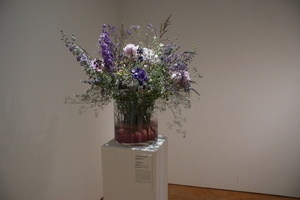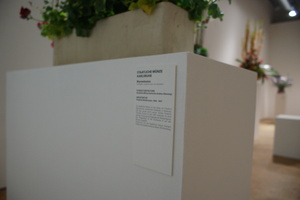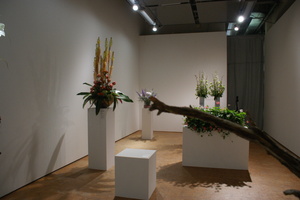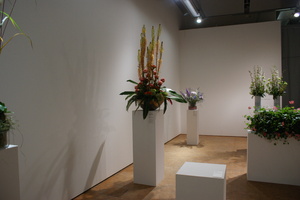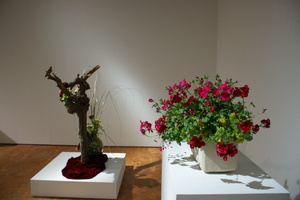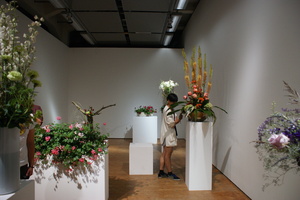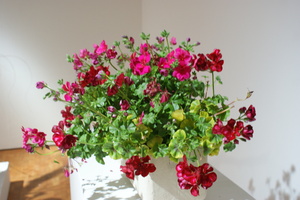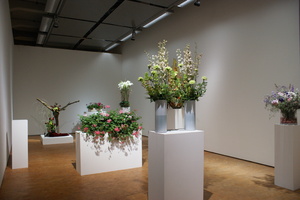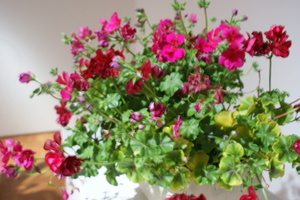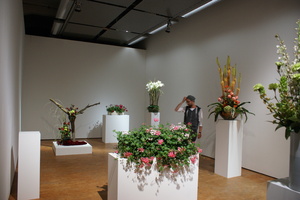"Druckerzeugnisse der HfG"
| Begriff | Druckerzeugnisse der HfG |
| Metakey | Freigabe Nutzung HfG (rights:usage_hfg) |
| Typ | Keyword |
| Vokabular | Rechte |
1592 Inhalte
- Seite 1 von 133
No Mythologies to Follow - Snapshots
- Titel
- No Mythologies to Follow - Snapshots
- Autor/in
- Titel
- No Mythologies to Follow - Snapshots
- Urheberrechtshinweis
- © Johanna Hoth
- Rechtsschutz/Lizenz
- Freigabe Nutzung HfG
- Beziehung/Funktion
- Importiert am
- 30.07.2024
- Übergeordnete Sets
- 1
No Mythologies to Follow - Snapshots
- Titel
- No Mythologies to Follow - Snapshots
- Autor/in
- Titel
- No Mythologies to Follow - Snapshots
- Urheberrechtshinweis
- © Johanna Hoth
- Rechtsschutz/Lizenz
- Freigabe Nutzung HfG
- Beziehung/Funktion
- Importiert am
- 30.07.2024
- Übergeordnete Sets
- 1
No Mythologies to Follow - Snapshots
- Titel
- No Mythologies to Follow - Snapshots
- Autor/in
- Titel
- No Mythologies to Follow - Snapshots
- Urheberrechtshinweis
- © Johanna Hoth
- Rechtsschutz/Lizenz
- Freigabe Nutzung HfG
- Beziehung/Funktion
- Importiert am
- 30.07.2024
- Übergeordnete Sets
- 1
No Mythologies to Follow - Snapshots
- Titel
- No Mythologies to Follow - Snapshots
- Autor/in
- Titel
- No Mythologies to Follow - Snapshots
- Urheberrechtshinweis
- © Johanna Hoth
- Rechtsschutz/Lizenz
- Freigabe Nutzung HfG
- Beziehung/Funktion
- Importiert am
- 30.07.2024
- Übergeordnete Sets
- 1
No Mythologies to Follow - Snapshots
- Titel
- No Mythologies to Follow - Snapshots
- Autor/in
- Titel
- No Mythologies to Follow - Snapshots
- Urheberrechtshinweis
- © Johanna Hoth
- Rechtsschutz/Lizenz
- Freigabe Nutzung HfG
- Beziehung/Funktion
- Importiert am
- 30.07.2024
- Übergeordnete Sets
- 1
No Mythologies to Follow - Snapshots
- Titel
- No Mythologies to Follow - Snapshots
- Autor/in
- Titel
- No Mythologies to Follow - Snapshots
- Urheberrechtshinweis
- © Johanna Hoth
- Rechtsschutz/Lizenz
- Freigabe Nutzung HfG
- Beziehung/Funktion
- Importiert am
- 30.07.2024
- Übergeordnete Sets
- 1
No Mythologies to Follow - Snapshots
- Titel
- No Mythologies to Follow - Snapshots
- Autor/in
- Titel
- No Mythologies to Follow - Snapshots
- Urheberrechtshinweis
- © Johanna Hoth
- Rechtsschutz/Lizenz
- Freigabe Nutzung HfG
- Beziehung/Funktion
- Importiert am
- 30.07.2024
- Übergeordnete Sets
- 1
No Mythologies to Follow - Snapshots
- Titel
- No Mythologies to Follow - Snapshots
- Autor/in
- Titel
- No Mythologies to Follow - Snapshots
- Urheberrechtshinweis
- © Johanna Hoth
- Rechtsschutz/Lizenz
- Freigabe Nutzung HfG
- Beziehung/Funktion
- Importiert am
- 30.07.2024
- Übergeordnete Sets
- 1
No Mythologies to Follow - Snapshots
- Titel
- No Mythologies to Follow - Snapshots
- Autor/in
- Titel
- No Mythologies to Follow - Snapshots
- Urheberrechtshinweis
- © Johanna Hoth
- Rechtsschutz/Lizenz
- Freigabe Nutzung HfG
- Beziehung/Funktion
- Importiert am
- 30.07.2024
- Übergeordnete Sets
- 1
No Mythologies to Follow - Snapshots
- Titel
- No Mythologies to Follow - Snapshots
- Autor/in
- Titel
- No Mythologies to Follow - Snapshots
- Urheberrechtshinweis
- © Johanna Hoth
- Rechtsschutz/Lizenz
- Freigabe Nutzung HfG
- Beziehung/Funktion
- Importiert am
- 30.07.2024
- Übergeordnete Sets
- 1
No Mythologies to Follow - Snapshots
- Titel
- No Mythologies to Follow - Snapshots
- Autor/in
- Titel
- No Mythologies to Follow - Snapshots
- Urheberrechtshinweis
- © Johanna Hoth
- Rechtsschutz/Lizenz
- Freigabe Nutzung HfG
- Beziehung/Funktion
- Importiert am
- 30.07.2024
- Übergeordnete Sets
- 1
No Mythologies to Follow - Snapshots
- Titel
- No Mythologies to Follow - Snapshots
- Autor/in
- Titel
- No Mythologies to Follow - Snapshots
- Urheberrechtshinweis
- © Johanna Hoth
- Rechtsschutz/Lizenz
- Freigabe Nutzung HfG
- Beziehung/Funktion
- Importiert am
- 30.07.2024
- Übergeordnete Sets
- 1
